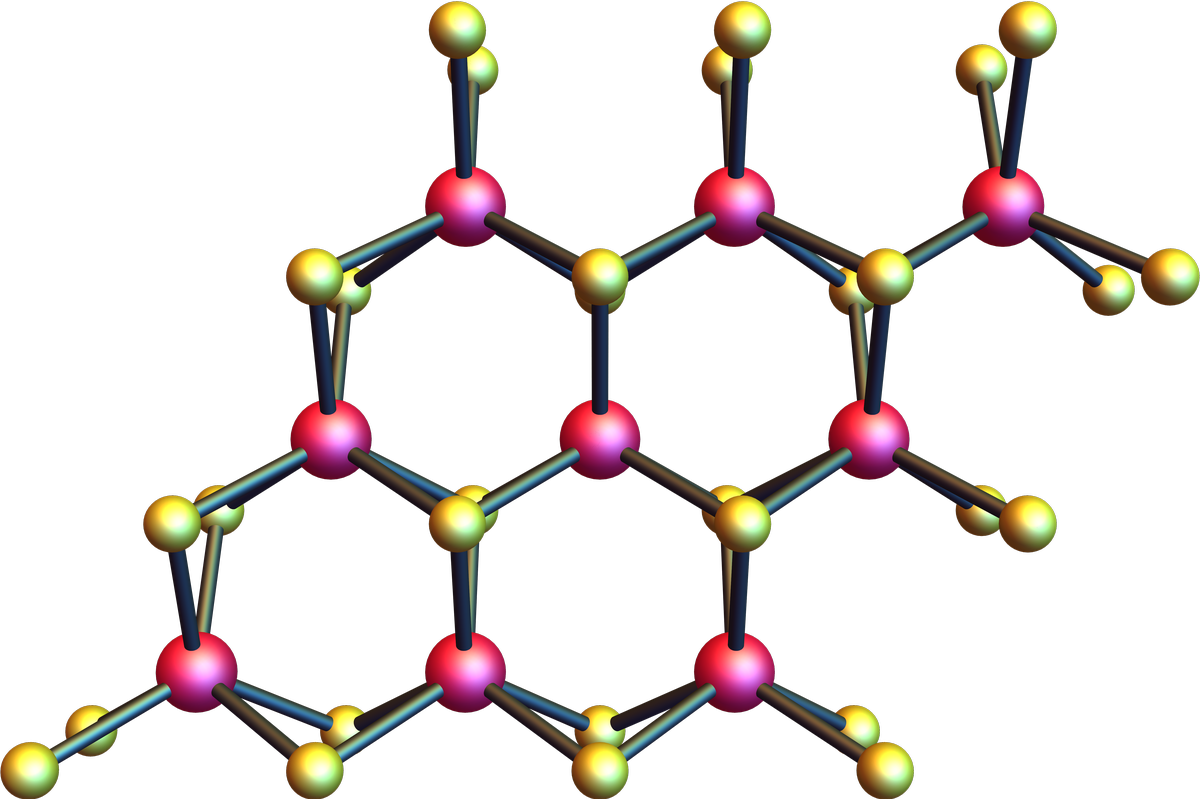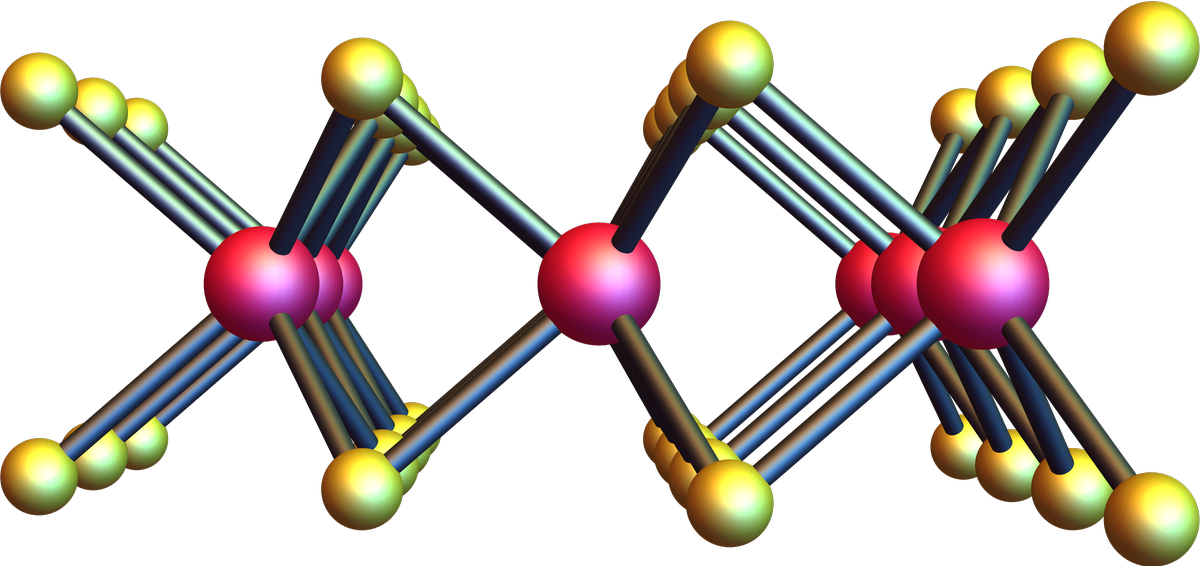Superconducting Phases of Monolayer TMDs
Session R15: 2D Materials: Superconductivity and Correlations I
APS March Meeting 2016
Baltimore, MD, US


TMD monolayers
- Direct band gap semiconductors
- Break inversion symmetry ⇒ gapped out spectrum
- Two inequivalent valleys ⇒ new degree of freedom
- Strong spin-orbit coupling ⇒ large valance band spin-splitting
- Opposite valley Berry curvature
- Optical valley probe and valley Hall effect
- Two state tight binding model: \( d_{z^2} \), and \( d_{xy} \pm i d_{x^2 - y^2} \)
$$ H_0^{\tau s} \left( \mathbf{k} \right) = a t \left(\tau k_x s_x + k_y s_y \right) \otimes I_2 $$$$ + \frac{\Delta}{2} s_z \otimes I_2 - \lambda \tau \left(\sigma_z - 1 \right) \otimes S_z $$
D. Xiao, G.-B. Liu, W. Feng, X. Xu, and W. Yao, Phys. Rev. Lett. 108, 196802 (2012).


